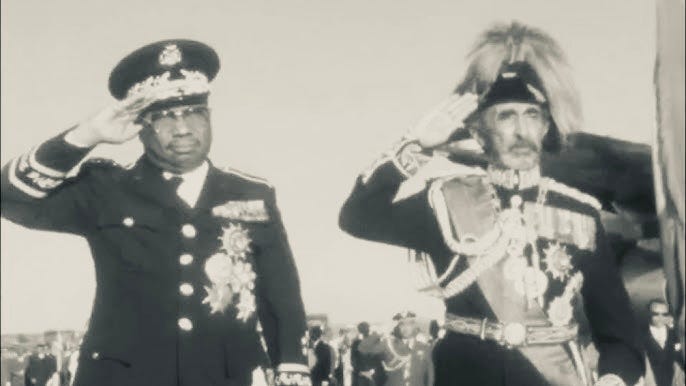How Ethiopia avoided colonization in the late 19th century but then lagged behind in the 20th century
Lessons in stateness, (failed) modernization, and economic (under)development
Thank you for being a regular reader of An Africanist Perspective. If you haven’t done so yet, please hit subscribe to receive timely updates along with over 28,000 other subscribers.

Let’s be blunt. It’s fair to say that, relative to other African counties, contemporary Ethiopia and Liberia have little to show for not having been colonized in the late 19th century. Having avoided the deep humiliation and diurnal horrors of colonialism, one would’ve expected both countries to successfully go about economic, social, and political modernization throughout the 20th century on their own terms. Instead, the two countries currently lag Continental averages in per capita income and myriad human development outcomes. They’ve also struggled to build coherent states that can create enabling environments for human flourishing.
Therefore, in discussing how a state like Ethiopia avoided colonization in the late 19th century, it’s …


